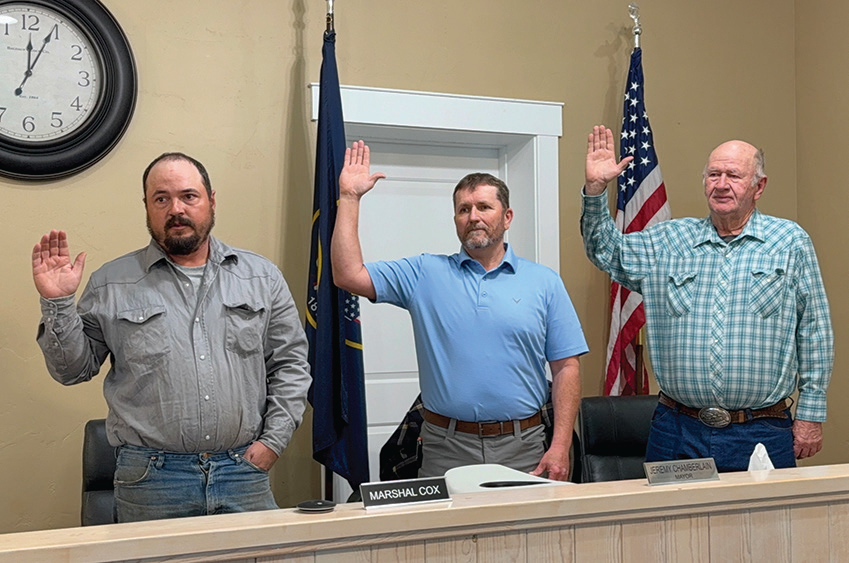Royal Canadian Air Force pilots train at Page Airport
- Phil Clark

- Mar 1, 2023
- 2 min read
The skies were just a little different this past week in Page, Arizona. Instead of the usual air traffic, many people saw four planes flying in formation, sounding quite different than the usual planes. Some people on the ground did a ‘double take’ as the planes flew over the red rock country of Kane County, Utah, and Page.

Based at the 15 Wing in Moose Jaw, Saskatchewan, four students and eight instructors from the Royal Canadian Air Force arrived in Page on February 19, to practice in a more forgiving climate than back home. The pilots called Page home until February 28. Despite this winter being snowier and stormier than usual, Page is a much better place to hone their flying skills than further north this time of year. The purpose of the training session was for students to practice flying across American air space and practicing flying in formation.
Left to right:
One of the training planes taxis off the runway and back to the air terminal. Photos by Phil Clark.
Royal Canadian Air Force pilots relax in the lobby of the air terminal.
The planes, single engine turbo-propeller Beechcraft T-6A Texan II planes are an unusual sight in southern Utah. While not antique planes, they certainly turned heads last week. First built in the early 2000s by the Raytheon Corporation, the T-6A is used by the United States Air Force, Marine Corps and Navy for pilot training. The T-6 series planes, with country-specific modifications, are also used for military training purposes by Canada, Greece, Israel, Mexico, Iraq, the United Kingdom, Morocco, Tunisia, Argentina and New Zealand.
The Texan II planes have two seats: one for the student pilot and one for the instructor. In case of emergency, the seats can eject the occupants to safety. Canada uses the C-156 Harvard variant for pilot instruction and is nearly identical to the planes used for US military training.
According to www. canada.ca the Harvard planes have a wingspan of 33.5 feet, a top speed of 357 miles per hour, a cruising speed of 320 mph and a range of just over 518 miles. The four-blade propeller is powered by a 1,100 shaft horsepower Pratt and Whitney engine.
The pilots have been flying twice each day since they arrived, taking advantage of the clear skies and admiring a landscape unlike any in Canada. So, if you saw planes flying in formation in the last week, chances are it was Canadian military pilots flying over our back yard.








